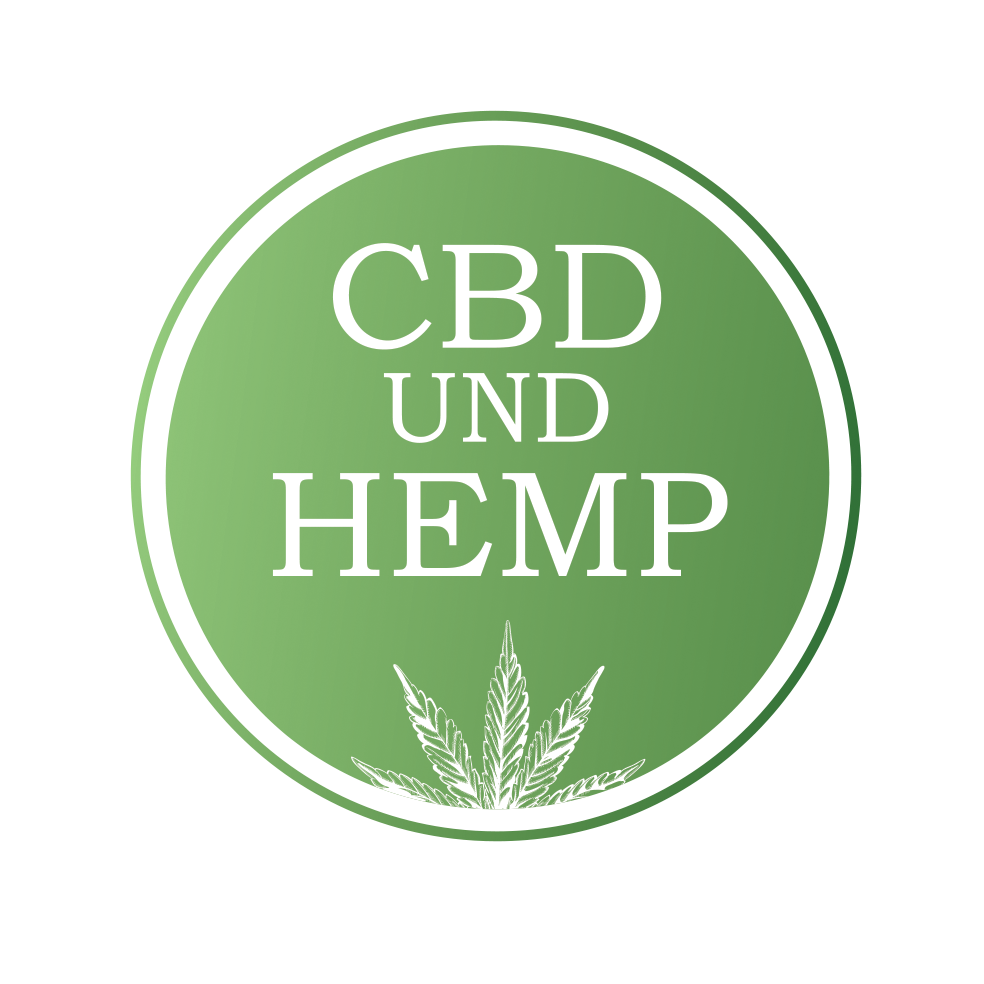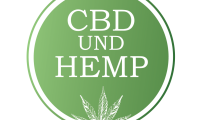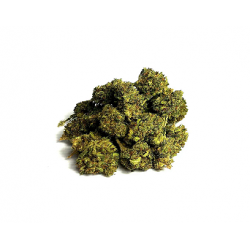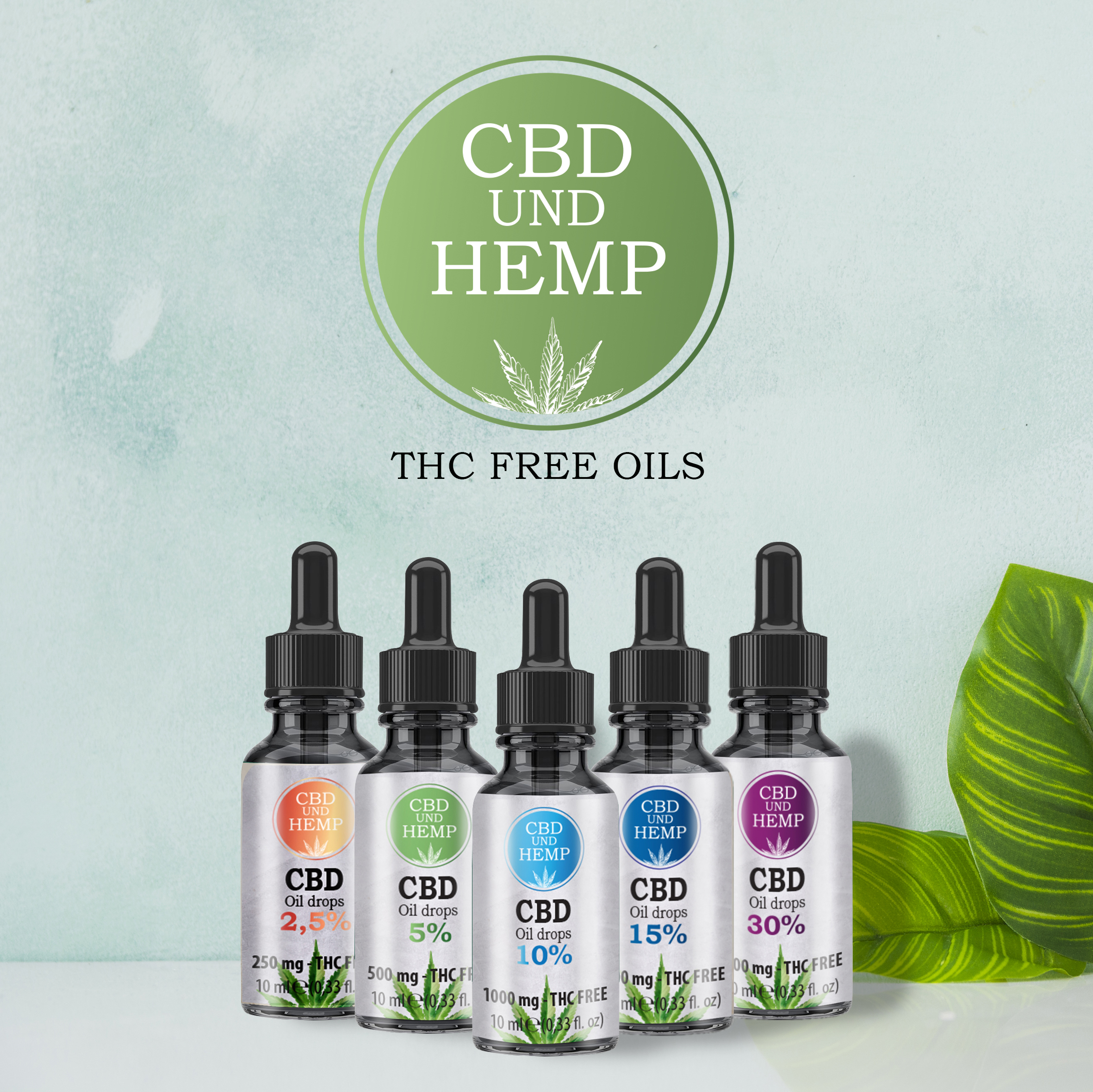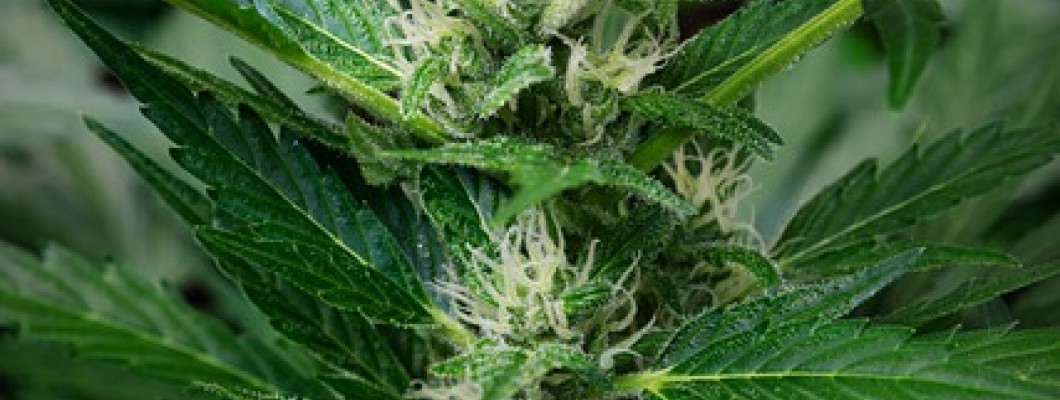
Cannabis, hemp, marijuana? One and the same. Or not? What is the difference between cannabis, hemp and marijuana? In our article, we shed light on these differences!
The difference between cannabis, hemp and marijuana!
Explained!
Cannabis, hemp, marijuana? One and the same. Or not? What is the difference between cannabis, hemp and marijuana?
In our article, we shed light on these differences!
Cannabis, hemp and marijuana are terms for plants in the Cannabaceae family, but there are differences between them - some botanical, others cultural. The basics are detailed below: the difference between hemp, cannabis and marijuana.
The difference between cannabis, hemp and marijuana!
Explained!
Cannabis, hemp, marijuana? One and the same. Or not? What is the difference between cannabis, hemp and marijuana?
In our article, we shed light on these differences!
Cannabis, hemp and marijuana are terms for plants in the Cannabaceae family, but there are differences between them - some botanical, others cultural. The basics are detailed below: the difference between hemp, cannabis and marijuana.

What is hemp?
Hemp is a type of cannabis scientifically known as Cannabis sativa L. Although hemp and marijuana are part of the same family (and sometimes a species), they have different chemical and properties. Hemp plants contain low levels of the intoxicating phytocannabinoid known as tetrahydrocannabinol (THC), for which marijuana is well known. However, it contains high amounts of non-intoxicating phytocannabinoid cannabidiol (CBD).
Hemp is one of the most versatile plants in the world. The stem of a hemp plant can be used, for example, for textile production or the development of biofuels. Hemp seeds are eaten or used to create oil (hemp seed oil), while flowers can be used to extract or a wide range of other CBD products.
What is cannabis?
The word cannabis is a taxonomic term referring to the genus of flowering plants that are members of the Cannabaceae family, which contains about 170 plant species. The genus is often divided into three species - Cannabis sativa, Cannabis indica and Cannabis ruderalis.
The origin of the genus cannabis is not clear, as the lack of significant fossil evidence has made it difficult for botanists to deviate from its evolution from other organisms. Using a “molecular clock” and computer algorithms to estimate the age of the genus, the researchers found that cannabis probably differed from its common ancestor of its closest relative, Humulus, about 27.8 million years ago.
Regardless of the taxonomic details, the main conclusion is that “cannabis” is actually a broader classification that includes both hemp and marijuana plants. At the end of the day, despite all their differences, both types of plants are actually cannabis.
What is marijuana?
Marijuana is the intoxicating cousin of hemp. Depending on taxonomic methods, marijuana may also consist largely of Cannabis sativa plants. And while marijuana and hemp may be a kind of species, there are significant legal and chemical differences between them.
High levels of THC in marijuana plants cause psychoactive changes when consumed. Marijuana remains illegal; However, many states have rejected a ban on marijuana and have active programs for growing and dispensing marijuana for medical and / or adult use. This phenomenon can be traced not only in America but also in Europe.
Marijuana is sold in many ways. One of the most common products is simply the dried and pickled flower of the marijuana plant. However, like hemp, marijuana is often extracted to form concentrated extracts that can be sold alone or eaten, used as an ingredient in local products and other products.
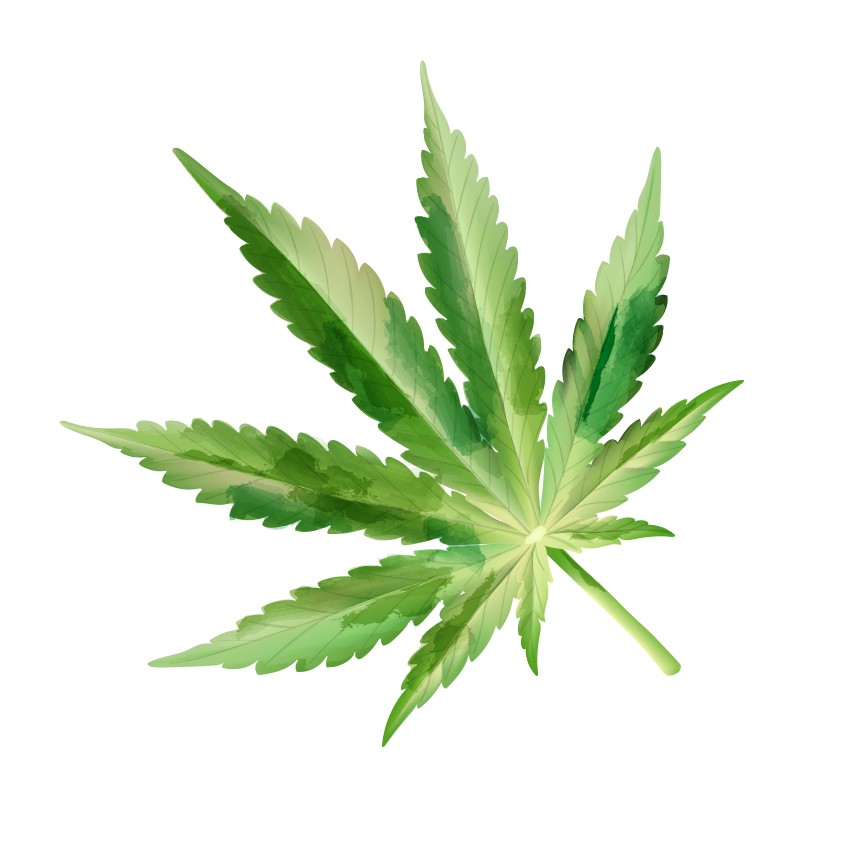
The difference between hemp and marijuana
Today, “cannabis” and “marijuana” are often used interchangeably in the industry, which can cause confusion. Because the word “cannabis” technically refers to the entire genus of flowering plants, which includes hemp and marijuana, it is not entirely accurate to exclude hemp when using the term. Historically, the word “marijuana” has been used to distinguish between hemp and cannabis, which is not based on the percentage of THC found in each plant.
Although this distinction may seem arbitrary in some respects, it has become a fairly clear yardstick that new varieties of cannabis plants are grown with this threshold in mind. While it may seem strange that cannabis plants, which contain a lot of cannabinoids, among many other chemical compounds, would be distributed with the THC content, which has become the standard in the legal cannabis and hemp CBD industry. Thus, the terms hemp and marijuana are used to distinguish plant varieties belonging to the same species, which find themselves on very different sides of the law.
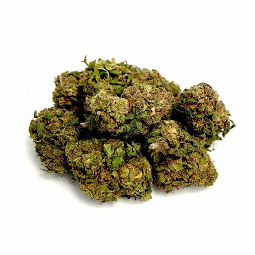
/sources: www.cbdundhemp.at , www.ncbi.nlm.nih.gov , www.prima.co /
